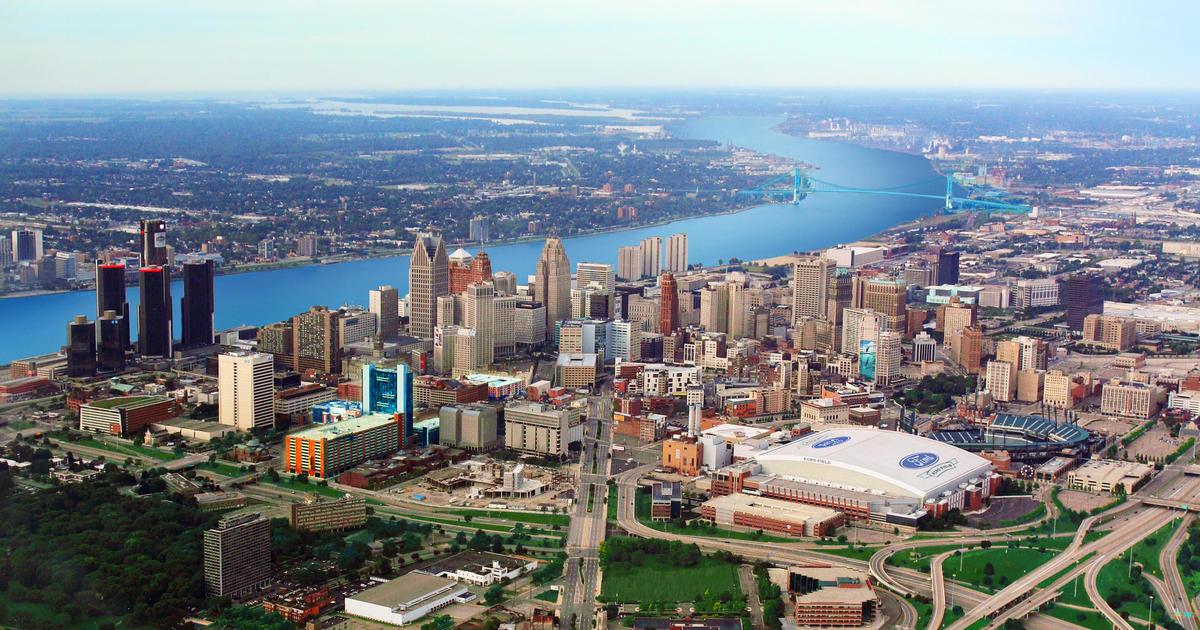Warm Up Your Detroit Fireplace Or Install A New One With These Tips
"Baby, it's cold outside" isn't just a song lyric in Detroit this time of year. Even without the usual snowstorms and frigid temperatures, it gets pretty chilly, and a fireplace can help you stay warm, liven up the look of your house, and save some energy costs.
There are two basic types of fireplaces based on the kind of fuel used: wood-burning and non-wood-burning. Within the wood-burning category there are three options: freestanding, fireplace inserts, and masonry, which is built into the structure of the house. The masonry option is the most expensive, but also the most durable and the easiest to maintain. Freestanding wood fireplaces are made of metal and placed in a corner of a room for heat. These allow for lower wood consumption because they have a damper that allows for control of the intensity of burn. For similar control over how much wood is burned and how fast without taking up floor space, a fireplace insert is a metal box that fits into an existing masonry fireplace and has the same damping control.
Non-wood-burning fireplaces are fueled by natural gas, liquefied petroleum, electricity, or corn or wood pellets. This type of fireplace is more for looks than heat generation and can be less expensive to both install and operate than wood-burning options, depending the treatment of the surrounding area and decor. Pellet options can be used for heat, but require additional electricity to steadily propel the pellets to the burner. Although the non-wood-burning fireplaces may seem like something homeowners can handle themselves because they seem to have a simpler set-up, most home improvement experts recommend professional installation for all types of fireplaces. Make sure the contractor is properly insured and licensed to do fireplace work.
If you're thinking about getting a fireplace, no matter what the type, it's best to do plenty of research either on the Internet or by consulting contractors to determine which best fits your particular situation and budget. Once you've decided on the type of fireplace and who will install it, there are some things you can do to make the process go smoothly.
- Remove as much as you can from the area where the fireplace is going in. Take pictures and other decorations off walls; if possible, remove floor coverings; move or cover furniture. To prevent damage to hardwood floors, give your contractor a heads up.
- Decide where you're going to store the fuel (if necessary) for the fireplace, e.g. racks for wood. Also if the fireplace will be placed in a room, like a freestanding wood stove, figure out how you're going to re-arrange the existing elements ahead of installation.
- Learn some basic fire safety, such as how to put out a fire. Remember to keep objects, particularly anything flammable, three or more feet from the fireplace. Keep your fireplace clean.
Related: Upgrading Your Home While Helping the Environment
These five metro Detroit contractors specialize in fireplace and other masonry projects:
Related: How To Get the Most Return on Home Improvement
Paula Guthat is a freelance writer and a Detroit native. Her work can be found at Examiner.com.




